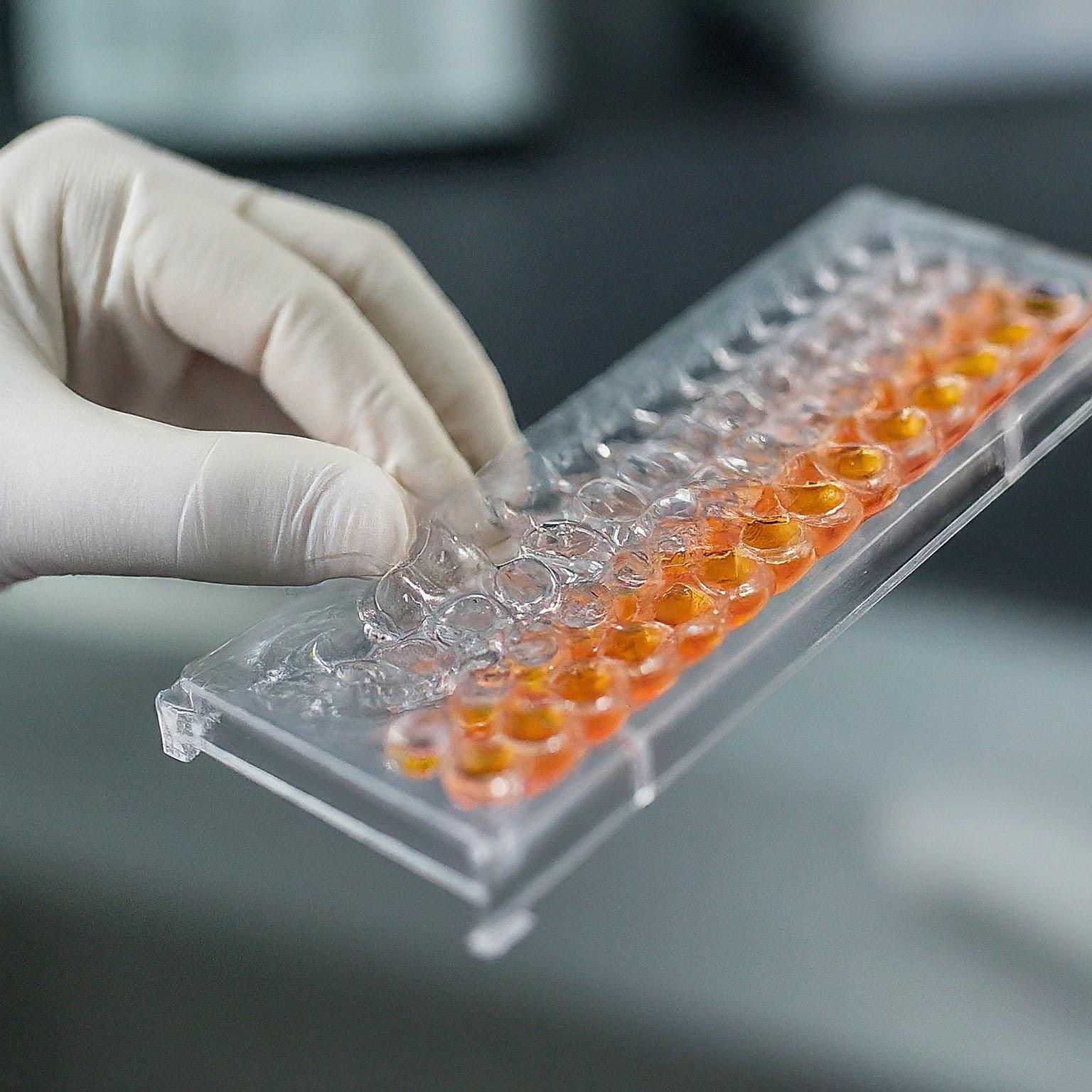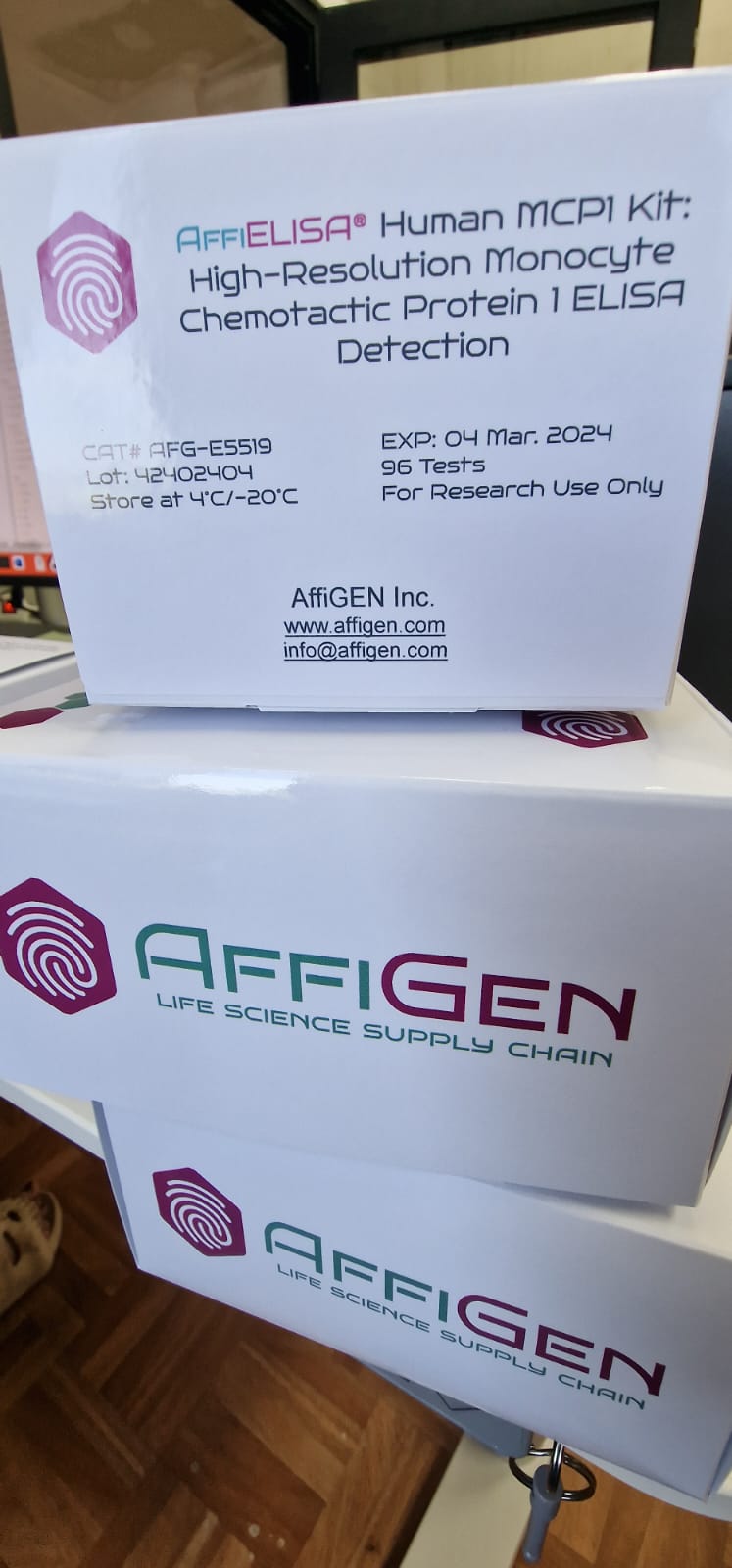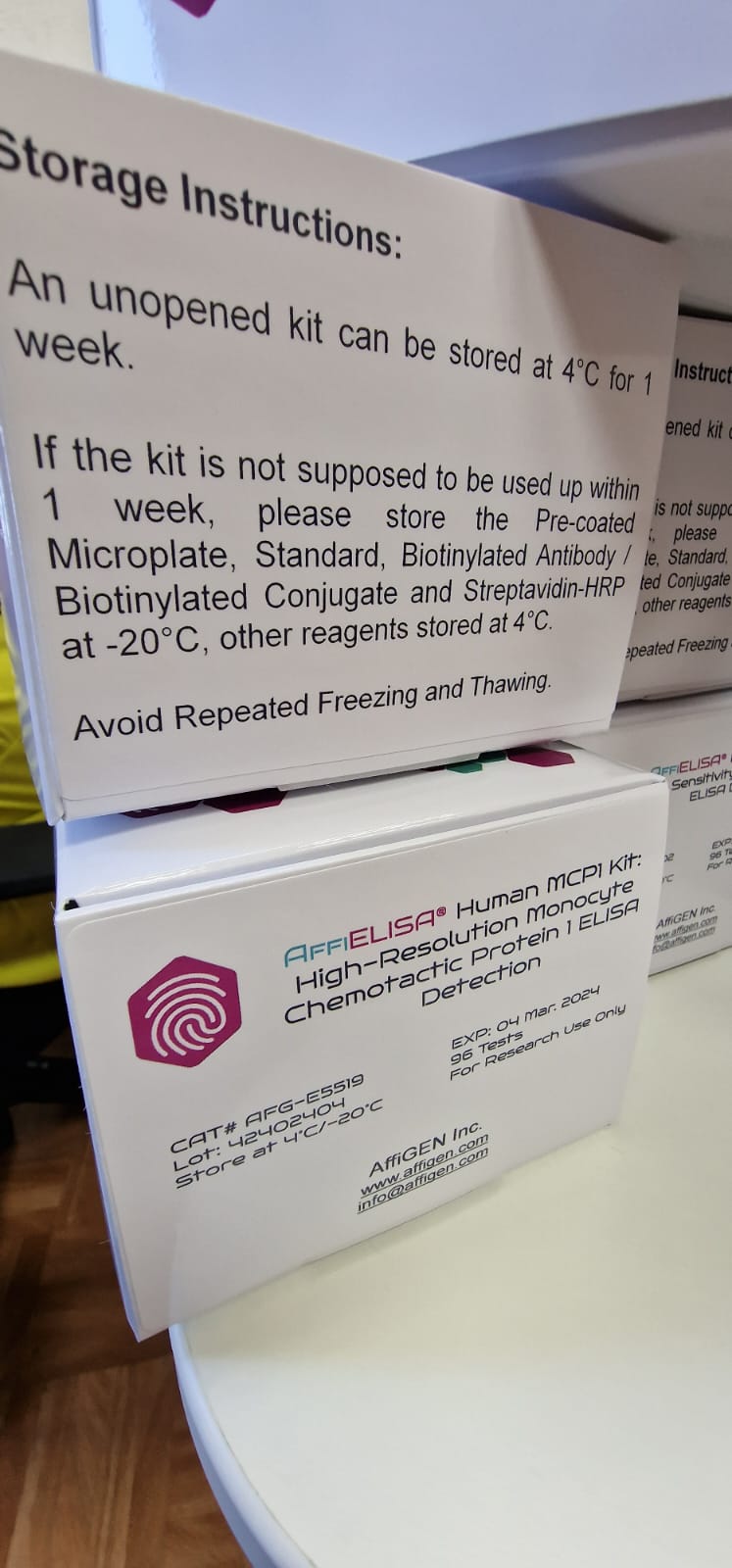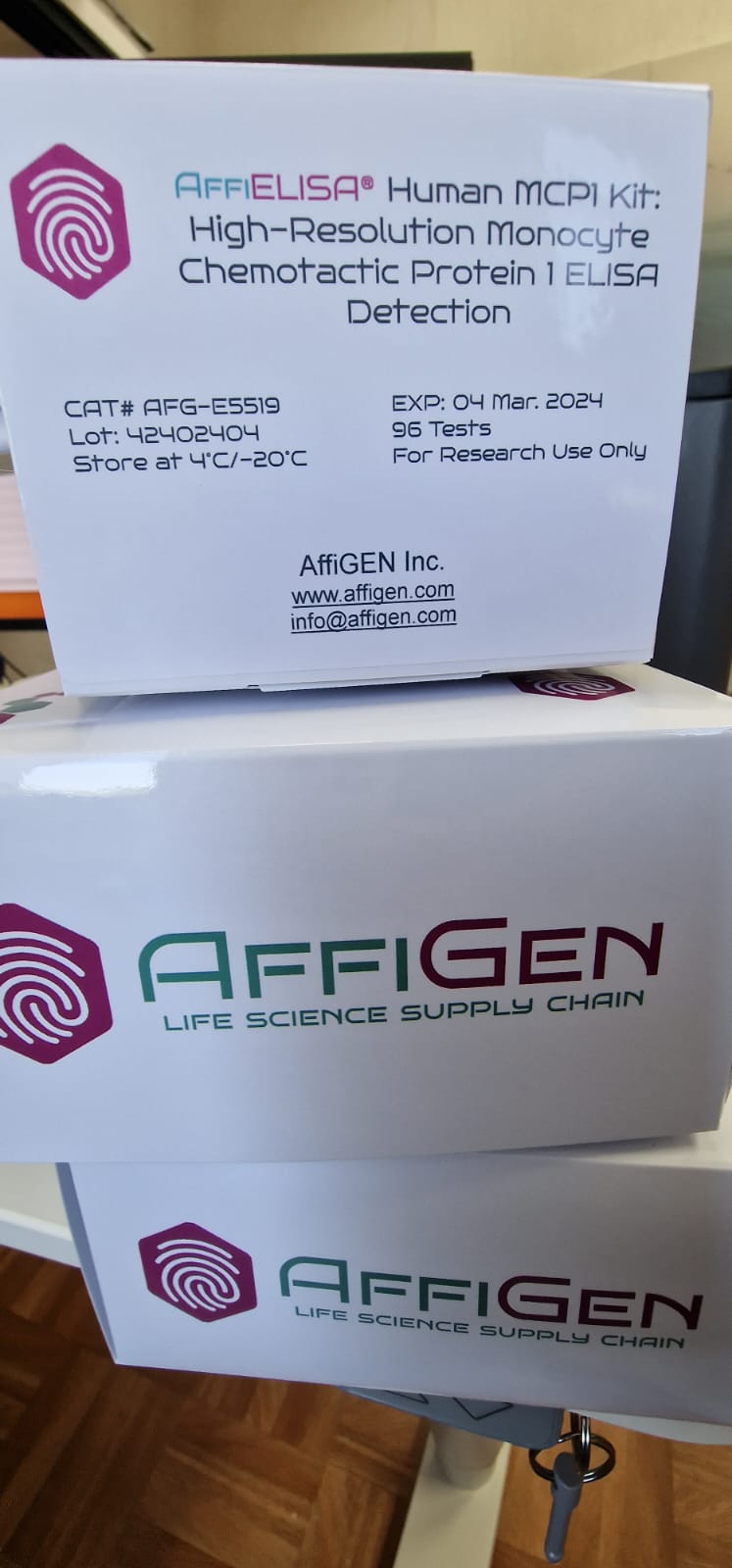Overview
In the field of cancer diagnostics, the Enzyme-Linked Immunosorbent Assay (ELISA) has become a crucial instrument due to its exceptional sensitivity and specificity in identifying cancer biomarkers. Through early diagnosis and individualized treatment plans, this ground-breaking method has completely changed the landscape of cancer detection. Let's explore ELISA's complexities and how they affect cancer diagnosis.
Generating ELISA

An extremely sensitive immunological test called ELISA is used to find out whether particular proteins, like cancer biomarkers, are present in biological samples. The assay is based on the principle of antigen-antibody interaction, in which an enzyme-linked specific antibody binds to a target antigen present in the sample. The presence and concentration of the target antigen are indicated by a colorimetric or fluorescent reaction that is catalyzed by this enzyme.
Applications in Cancer Detection
ELISA is essential for the detection of different tumor markers or antigens linked to distinct cancer types in the context of cancer diagnosis. Prostate-specific antigen (PSA) is one of these biomarkers for prostate cancer; carcinoembryonic antigen (CEA) is one for colorectal cancer; CA-125 is one for ovarian cancer; and many more. ELISA makes early detection, tracking the course of the disease, and evaluating the effectiveness of treatment easier by measuring the concentrations of these biomarkers in patient samples.
ELISA's benefits for cancer diagnostics
Sensitivity and Specificity: ELISA has a very high sensitivity and can identify cancer biomarkers in biological samples, even at low concentrations. It also has a high specificity, which reduces the possibility of false-positive results.
Multiplexing Capability: ELISA systems have the ability to identify several biomarkers in one sample at once, allowing for thorough protein profiling associated with cancer. The accuracy and effectiveness of diagnosis are improved by this multiplexing capability.
Quantitative Analysis: By measuring biomarker levels quantitatively using ELISA, doctors can track changes over time and adjust their treatment plans accordingly.
Non-invasive Sampling: Blood or urine are two examples of minimally invasive samples that can be used for ELISA, which makes it a convenient and less painful substitute for conventional tissue biopsies.
Future Perspectives
ELISA is expected to become more and more important as technological developments drive the field of cancer diagnostics forward. New developments promise to improve the sensitivity, speed, and scalability of cancer detection assays. Examples include microfluidic-based ELISA platforms and unique detection strategies. Furthermore, there is a great deal of promise for improving data analysis and predictive modeling for more precise diagnosis and prognosis through the integration of artificial intelligence and machine learning algorithms.
Describing ELISA: An Advancement in the Identification of Cancer Biomarkers
An extensively used laboratory method for determining the existence and concentration of particular molecules in biological samples is called an enzyme-linked immunosorbent assay, or ELISA. It uses the specificity of antibodies to recognize target molecules, or antigens, based on the principle of antigen-antibody interaction. In an ELISA, a surface that has been coated with a capture antibody specific to the target antigen—typically a microplate well—is applied with a sample containing the target antigen. The antigen attaches itself to the capture antibody if it is present in the sample. An enzyme-linked detection antibody is added after any unbound molecules have been removed with water. By binding to a distinct location on the antigen, this detection antibody and the capture antibody create a "sandwich."
An identifiable signal, like a color shift or fluorescence, is produced by a chemical reaction between a substrate solution and the enzyme bound to the detection antibody. Quantitative measurement is possible because the signal's intensity and the antigen concentration in the sample are directly correlated. When it comes to the detection of cancer, ELISA is essential for locating molecules known as cancer-related biomarkers, which are either produced by cancer cells themselves or by the body as a reaction to cancer. These biomarkers, which show the existence, development, or recurrence of cancer, can be proteins, enzymes, hormones, or genetic markers.
Clinicians can screen for the disease, track the effectiveness of treatment, and determine the chance of recurrence with the help of ELISA tests that are intended to identify cancer biomarkers. Prostate-specific antigen (PSA) for prostate cancer, CA-125 for ovarian cancer, and CEA for colorectal cancer are a few examples of cancer biomarkers found by ELISA.
It's crucial to understand, though, that ELISA testing cannot provide a conclusive cancer diagnosis on their own. Usually, they are utilized in addition to other diagnostic techniques like biopsies, imaging tests, and clinical assessment. Furthermore, even though ELISA has a high sensitivity and specificity, there are situations in which it can yield false-positive or false-negative results, emphasizing the need for thorough diagnostic methods.
ELISA: A Breakthrough in Cancer Detection Research and Diagnostics
The precision, sensitivity, and versatility of Enzyme-Linked Immunosorbent Assay (ELISA) have revolutionized the field of diagnostics. As a fundamental component of contemporary diagnostic methods, ELISA is unique in its ability to identify infectious diseases and track chronic ailments. When it comes to cancer detection, ELISA provides a safe, non-invasive way to find biomarkers that indicate the disease's progression, which helps with early diagnosis and treatment planning.
MCP1 Overview
Through its ability to draw monocytes to inflammatory sites, the chemokine Monocyte Chemotactic Protein 1 (MCP1) is important for the immune response. Due to its role in tumor growth and metastasis, MCP1 is particularly interesting in cancer research. MCP1 is a possible biomarker for diagnosis and prognosis because it has been linked to elevated levels with a number of cancers.
The Human MCP1 ELISA Kit
The purpose of the ELISA Human MCP1 Kit is to detect Monocyte Chemotactic Protein 1 in human samples with high resolution.
This sophisticated kit provides a number of benefits:
High Sensitivity: The kit is appropriate for early-stage cancer detection because it can identify even minuscule MCP1 concentrations.
Specificity: The kit guarantees precise measurement of MCP1 without any cross-reactivity with other proteins thanks to its high specificity.
Reproducibility: Data reliability is increased when results from various samples and experiments are consistent.
Researchers and medical professionals can learn a great deal about the role MCP1 plays in the development of cancer by using the ELISA Human MCP1 Kit. This knowledge will help them design more specialized therapies and individualized treatment regimens.

In conclusion
ELISA's accurate and dependable detection capabilities keep revolutionizing cancer diagnostics. A prime example of this innovation is the ELISA Human MCP1 Kit, which provides an effective means of identifying and measuring MCP1 in human specimens. Through the provision of early detection and insights into tumor biology, this kit facilitates progress in cancer research and patient care, opening doors for more efficacious diagnostic and treatment approaches.
The future of cancer detection and treatment appears bright thanks to the integration of cutting-edge diagnostic tools like the ELISA Human MCP1 Kit. These developments advance not only our knowledge of cancer but also our ability to improve patient outcomes globally.
Summary
In summary, ELISA is a vital tool for early detection, prognosis, and individualized treatment planning in the field of cancer diagnostics. Its extraordinary sensitivity, specificity, and adaptability have completely changed the way we diagnose cancer and given medical professionals insightful information that can be used to improve patient outcomes. We are getting closer to achieving precision oncology's goal of more effectively treating cancer as we continue to utilize ELISA's potential and adopt new technology.

